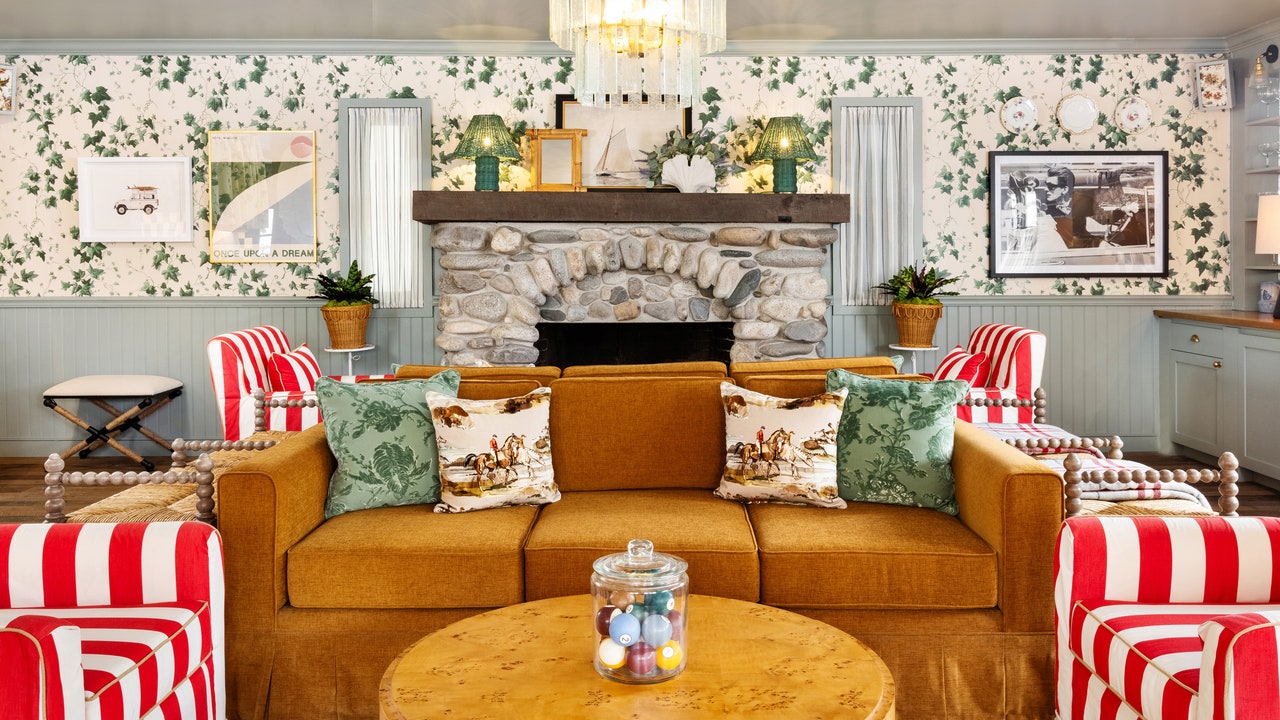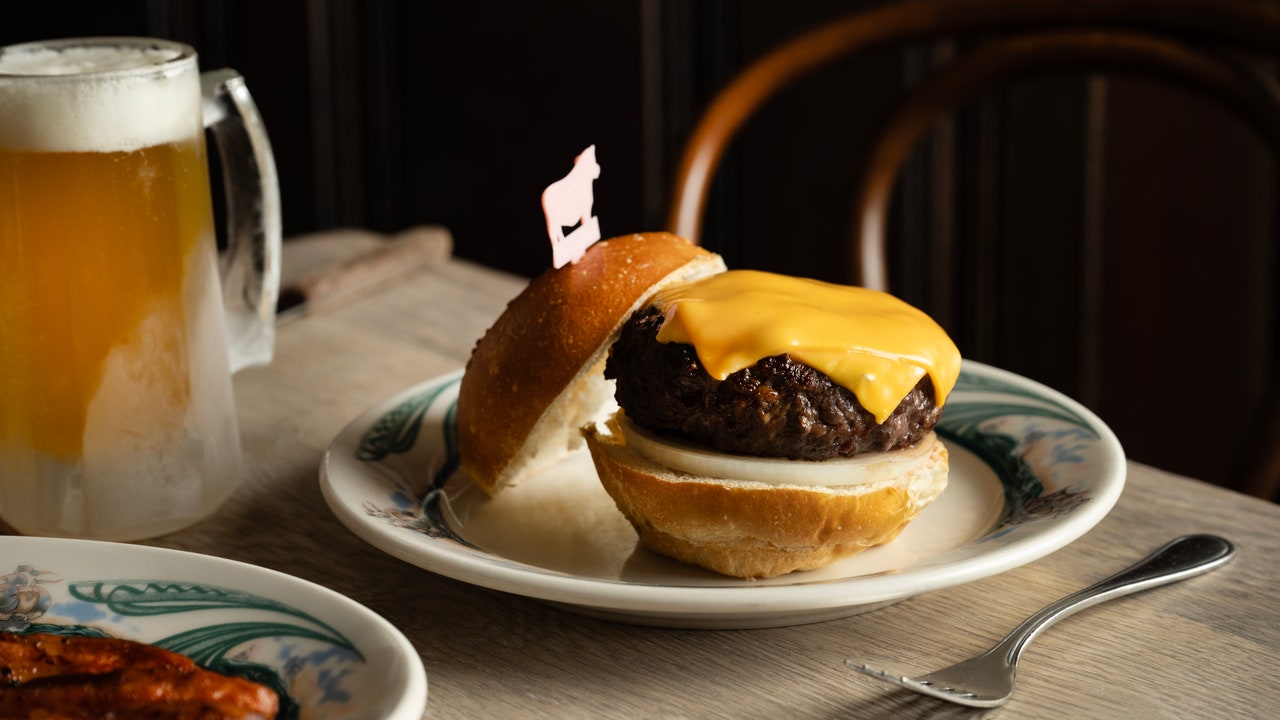Before Carmel-by-the-Sea became known for its wealthy retirees, tony golf courses, and upscale resorts, it was a bohemian hot spot. More than a century ago, poets, artists, and writers—including Jack London, Salvador Dalí, and Mary Hunter Austin—decamped to the charming hamlet, today beloved for its cottage-lined cobblestone streets and picturesque stretch of coastline. Some were fleeing San Francisco after the 1906 earthquake, while others just wanted to commune with like-minded freethinkers. A bit of that creative spirit has blown back into the one-square-mile town these past few years, driven by an influx of 30-and 40-somethings who have arrived to start businesses—drawn, like their predecessors, by the beauty of nature and the quality of life here. The result: a host of fresh restaurants and boutique hotels that are making Carmel more dynamic than it’s been in years.
“Since we’re not in a major market, we can do the restaurant that we want, how we want to do it,” says Monique Black, who co-owns Chez Noir with her husband, chef Jonny Black. “It gives us creative freedom because we don’t have such a microscope on us.” After stints at renowned spots including New York’s Per Se and San Francisco’s Quince, the Blacks opened Chez Noir two years ago. They serve a seasonal, seafood-centric menu inside a space they’ve decked out with retro brass fixtures and custom art. The couple, who live upstairs with their two children, have since garnered lots of attention and a career-altering Michelin star, making Chez Noir the town’s second starred spot. The first was Aubergine, which won a second star this year, located up the street in the historic L’Auberge Carmel hotel. Its lavish tasting menu, a parade of intricate small plates, is a fine-dining yin to Chez Noir’s bistro-esque yang.
Carmel has always housed plenty of restaurants, but many were short on culinary chops—yet still hard on the wallet. That’s changing. Come happy hour, residents hit the patio of The Pocket, in one of the town’s many tucked-away courtyards, for fried Monterey calamari and catch-of-the-day tacos. Nearby, Stationæry is jammed most days thanks to its hyperseasonal brunch, featuring dishes like a delicate chive and egg scramble and pancakes with passion fruit curd. “When we arrived five years ago, there was not much going on with the food scene,” says Alissa Carnazzo, who owns Stationæry with her husband, Anthony. “We were pioneering it a bit. But we were living in this amazing place with this crazy access to ingredients, and we wanted to showcase that.” Both Carnazzos grew up in the area and moved back after starting a family. “It felt more possible to have a simpler life up here than in Los Angeles, where we’d been living,” she says.
There’s also a growing crop of polished boutique hotels targeting younger travelers. L’Auberge’s new sibling property, the seaside-chic Carmel Beach Hotel, which has a spa and a guests-only restaurant overseen by Aubergine’s executive chef, is steps from the town’s famously dog-friendly beach. The stylish new 42-room Stilwell Hotel opened downtown last spring, and the hospitality outfit Palisociety, which operates properties all over the country, recently refurbished two older inns, turning them into Le Petit Pali, an effort meant to reinvigorate the dated bed-and-breakfast model. “This new generation of hoteliers and restaurateurs collaborates well,” says Janet Elarmo, a partner with Mirabel Hotel & Restaurant Group, which operates L’Auberge and Carmel Beach Hotel. She’s another Carmel native, who returned after a decade in Seattle and San Francisco. “We value each other’s success because it’s good for the community,” she says. “We grew up thinking, Oh, there’s not enough to do here, and it’s just a bunch of old people. But things have changed. It’s a fresher scene.”
This article appeared in the December 2024 issue of Condé Nast Traveler. Subscribe to the magazine here.



















Leave a Reply